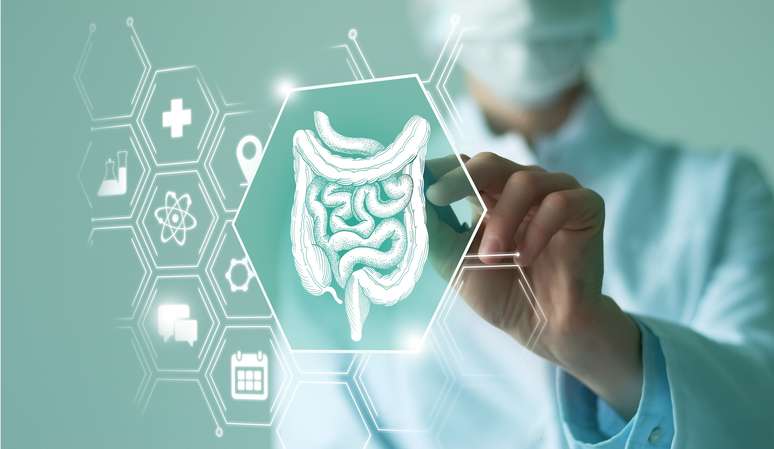From 1999 to 2020, disease rates increased 500% among children ages 10 to 14
Most cases of colorectal cancer occur in adults over age 50, but recent research shows that this type of cancer is on the rise among young adults and also in children and adolescents, although in these populations the incidence is still low.
A recent study reports that from 1999 to 2020, colorectal cancer rates increased by the equivalent of 500% among children ages 10 to 14; 333% among adolescents aged 15 to 19 and 185% among young adults aged 20 to 24.
The research is presented at Digestive Disease Week 2024an event on digestive diseases held this month in Washington, DC, USA.
The researchers used information from a Centers for Disease Control and Prevention (CDC) database to analyze trends in colorectal cancer rates in individuals ages 10 to 44 from 1999 to 2020.
Worrying increase among young people
Examining the data, researchers found the following changes in colorectal cancer rates:
- Children aged 10 to 14: from 0.1 per 100,000 in 1999 to 0.6 per 100,000 in 2020.
- Adolescents aged 15 to 19: from 0.3 per 100,000 in 1999 to 1.3 per 100,000 in 2020.
- Young adults aged 20 to 24: from 0.7 per 100,000 in 1999 to 2 per 100,000 in 2020.
Scientists also observed a 71% increase in colorectal cancer cases in adults aged 30 to 34, and a 58% increase in adults aged 35 to 39, from 1999 to 2020.
“It is important for the public to be aware of the signs and symptoms of colorectal cancer,” lead researcher Islam Mohamed, an internal medicine resident at the University of Missouri-Kansas City, said in a press release.
“Colorectal cancer is no longer considered a disease that only affects the elderly population.”
Risk factors for colorectal cancer
Although a family history of colorectal cancer is a non-modifiable risk factor, previous studies show that there are several modifiable risk factors:
- diet
- physical activity
- obesity
- poor sleep quality
- alcohol consumption
- to smoke
Experts have highlighted, in addition to the increase in obesity, the possible role of ultra-processed foods in this trend. Another possible hypothesis is the increased use of antibiotics, which alter the intestinal microbiome, i.e. the bacteria that protect our body.
The absolute numbers are still low
While the growth rates are impressive, it must be remembered that in absolute numbers we are talking about the difference between 1 or 2 in 1 million versus 6 in 1 million.
In any case, the findings draw attention to the need for new studies to stop this increase and protect everyone from the risk of this type of cancer.
Source: MedicalNewsToday
We at the Doutor Jairo website have joined the campaign for the victims of the Rio Grande do Sul floods and invite you to help too. See how:
Government of the State of Rio Grande do Sul – SOS Rio Grande do Sul account (Photo: CNPJ: 92.958.800/0001-38) – https://sosenchentes.rs.gov.br/
The post office they received and transported donations for free – https://www.correios.com.br/ – tel for information: 0800 725 0100
Central only favelas (Cufa) – PIX: doacoes@cufa.org.br – https://cufa.org.br/doar/
Airports in Brazil (ABR) published on his Instagram the list of airports that are receiving donations for RS – https://www.instagram.com/abr.aeroportos/
NGO Grad Brazil collected donations to help save animals – PIX: 54.465.282/0001-21 – https://www.instagram.com/grad_brasil
Source: Terra
Ben Stock is a lifestyle journalist and author at Gossipify. He writes about topics such as health, wellness, travel, food and home decor. He provides practical advice and inspiration to improve well-being, keeps readers up to date with latest lifestyle news and trends, known for his engaging writing style, in-depth analysis and unique perspectives.







